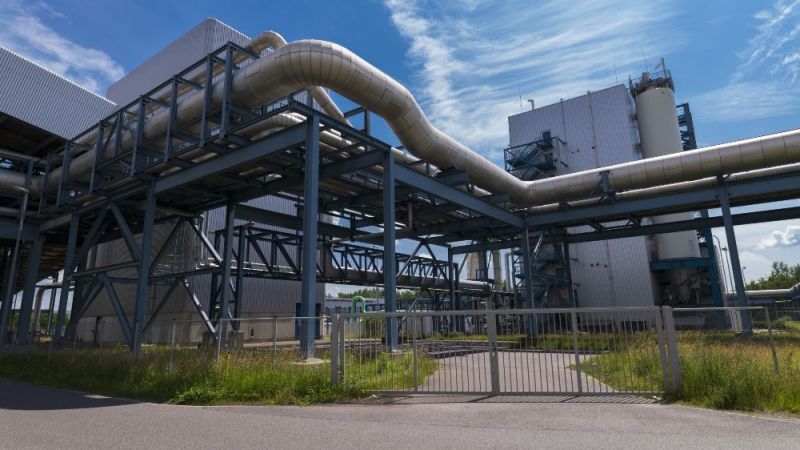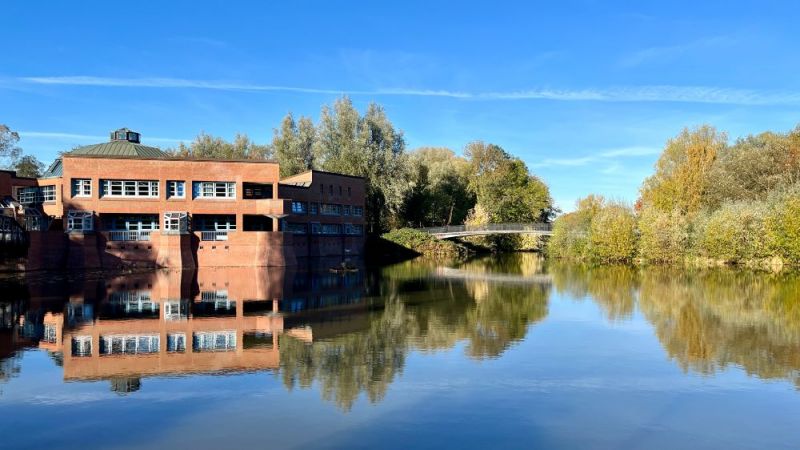
Participate now
Survey on Obstacles to District Heating Expansion
District heating could make a significant contribution to achieving European climate and energy targets. However, there are still a number of obstacles to the expansion of district heating systems in Europe and worldwide. An international study by the Swiss Federal Institute of Technology Zurich (ETH ), the Technical University of Denmark (DTU) and the Fraunhofer Institute for Systems and Innovation Research (ISI) is now investigating this.
Daniel Sneum from the Energy Economics and Modelling Research Group at the Technical University of Denmark is one of the lead authors of the study. He previously investigated the barriers to flexible operation and sector coupling in district heating in a similar study. With the current study, he aims to go one level deeper, identify the main barriers in different countries and identify commonalities as well as differences in relation to the different conditions around the world. Questions about the study can be directed to Sneum dasn@dtu.dk.
District heating
District heating networks transmit thermal energy (from power stations, solar thermal systems, geothermal systems or large heat pumps) for heating needs to connected buildings. So-called district heating transfer stations then transfer the heat into the building's heat distribution system, where it can be used directly for heating hot water. Once the water has reached its temperature, it flows back to the respective system and the cycle begins anew. In this way, district heating can access a wide range of renewable and climate-neutral heat sources, efficiently integrate heat storage facilities and even act as a heat store itself.
Take part in the survey
If you would like to add your opinion on the obstacles to the use of district heating in your country to the survey, you can take part in the survey conducted by the Fraunhofer Institute for Systems and Innovation Research until the end of September. The survey takes about 5 to 7 minutes and is completely anonymous.





















